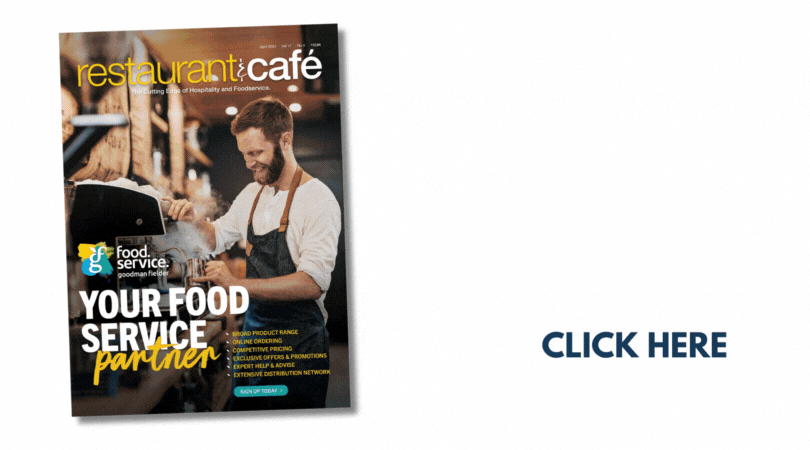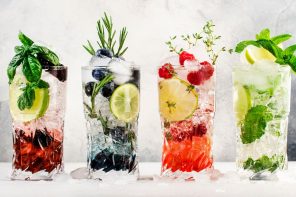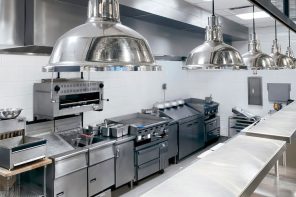Looking at the innovative changes the hospitality industry has implemented in response to the COVID-19 pandemic, both here and around the world, has revealed a new landscape for the industry and a new reality for restaurants that will continue long after lockdown.
Here are some of the changes being seen globally that will continue as part of the hospitality industry's new normal.
Aggressive Merchandising and Promotional Tactics

Especially in the US, brands are pulling out all the stops to hold onto traffic and maximise revenue. Businesses are using creative merchandising and new bundling offers such as 'date night' meals to attract consumers.
It's important to note that price will not be the only critical element to entice a customer to come to a restaurant. Consumers will appraise options based on a broader set of criteria. Greater emphasis will be placed on ease of ordering, pickup and delivery options, food safety, and sanitisation.
It is most likely that meal kits will become part of more restaurant brands, meal kits provide the consumer with the opportunity to save money as well as having fun cooking their favourite foods from their favourite restaurants. Meal kits provide restaurants with branding opportunities and another market source.
Is takeaway the new fine dining? Quite possibly. Curb-side pickup and delivery of two-three course meals could continue outside of lockdown restrictions as dining in becomes the new dining out. Curb-side may pick up even more steam as an alternative to higher delivery charges for smaller outlets also.
No-Touch Food-Safety Protocols and Services
The word contactless is a regular part of our vocabulary. Minimising contact is top priority for consumers which is why operators have come up with creative and effective ways to enable this.
Gloves, masks, floor stickers, and parking cones to maintain distance while standing in line send clear, visible clues that sanitisation and distancing is top-of-mind for the business. Consumers will not see these as an inconvenience, but as a thoughtful, appreciated gesture, and sometimes a necessary one to maintain safety.
With a focus on off-premise sales, operators have had to figure how to make curb-side pickup, takeout, and drive thru more contactless. Credit-card swipe machines have been stuck out the drive-thru window on a pole and orders have been handed to customers in a plastic tray to maintain a safer distance.
Tamper-proof packaging has become a must-have. Restaurants have either bought better packaging or adopted home-made solutions such as tape and stapling bags closed. Some operators have also included safety instructions that come in the takeaway bag and provide safe-handling tips.
Tamper-proof packaging will be one of the greatest areas of immediate operator investment which will be fuelled by consumers' willingness to pay for it.
This high-level sanitation and focus on contact minimisation will continue long after lockdown. Self-service anything will most likely become a thing of the past as all consumers become more aware of food safety and sanitation.
New App Modifications & New Technology

Over the past decade there has been an explosion of new technology for the foodservice industry from ordering to inventory. Expect tech companies to start to play a key role in helping operators manage the challenges of safety, sanitisation, distancing and no-touch.
There will be a flurry of new app functionality to help consumers research and track their new post-COVID foodservice. From sanitisation and no-touch protocols, to curbside delivery, to menu bundling services, to foodservice grocery shopping options and community support programs.
The consumer obsession with tracking orders will be amplified by their new compulsion to know who has touched their food. Expect to see tracking come to foodservice delivery and curb-side orders and even video of food being prepared.
Focus on Simplifying Operations
A main area of simplification has been, and will continue to be, the menu.
A limited menu that focusses on the most popular sellers will allow a customer to quickly make a decision and order. A limited menu is also easier and faster to produce with a limited staff so orders can be executed quickly without mistakes.
Restaurants will go back to their core menus and a back to basics approach will become the norm. Menus will be reduced, but will focus on quality, seasonal ingredients and local sourcing.
Consumers retreat to comfort foods in difficult times. Moving forward they will continue to crave these items, this can be an opportunity for operators to be creative in a simpler way. Similar to the innovation explosion we've experienced with hamburgers, other comfort foods will be turned into successful, yet simple, innovation platforms.
New Streams of Revenue

As is already the case, new streams of revenue will be necessary to make up for lost sales. These will also help the industry be better prepared in case of another crisis in the future.
Revenue will be focussed beyond dine-in. This will involve investment and maybe some re-invention, focussed on takeaway, delivery and out-of-store experiences.
Selling groceries at a restaurant is a new concept for a lot of consumers but this trend, started out of necessity, could become part of the new restaurant landscape. Meal kits from restaurants will also gain traction. Helping consumers host dinner cook-parties with their favourite restaurant meal kits could become a hot new trend.
Change is upon the industry and operators are responding. With help from manufacturers, distributors, associations and agencies this collective innovation, creativity and reinvention will lead to a new and exciting future.






